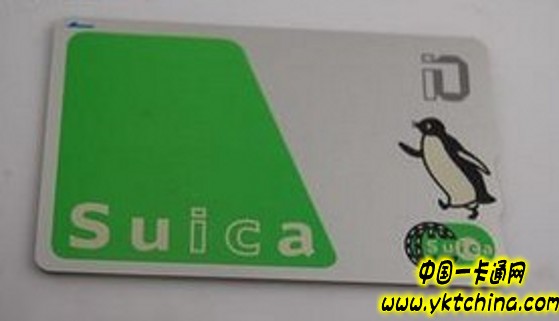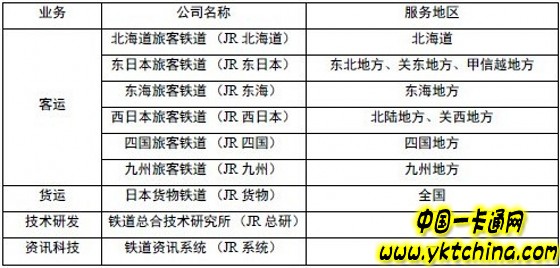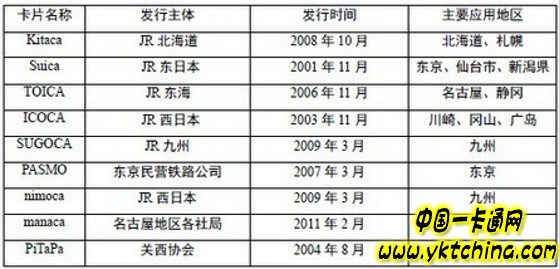0. Preface
As intelligent transportation card technology continues to advance globally and the demand for convenient payment methods grows, the role of transportation cards in daily travel has become increasingly significant. Asia, being the most populous region, has seen a rising need for smart transportation solutions. In countries such as China, South Korea, Thailand, and Japan, the number and scale of transportation cards have been expanding. Among these, Japan stands out with its advanced development level, business model, and forward-looking strategies in transportation card systems. This paper aims to explore the specific business models of Japan's transportation cards, the diversification seen in urban transportation development, and the multi-channel strategies adopted by private railway companies. Using Suica as a case study, this analysis seeks to provide valuable insights for the development of transportation cards in large Chinese cities.

1. Current Status of Japan's Transportation Card Development
Electronic money cards in Japan come in various forms, including both prepaid and postpaid options, primarily used for public transportation and commercial transactions. There are 10 types of transportation-focused prepaid cards, such as Suica from JR East Japan, PASMO from Tokyo Metro, Kitaca from JR Hokkaido, ICOCA from JR West Japan, TOICA from JR Tokai, SUGOCA from JR Kyushu, Nimoca from Nishi Nippon Railway, HAYAKAKEN from Fukuoka Transportation Bureau, and PiTaPa from the Kansai Regional Association.
In spring 2013, traffic IC cards issued by 142 operators across Japan’s national rail and public transport systems became interoperable. These include Suica from JR East Japan, TOICA from JR Tokai, ICOCA from JR West Japan, and SUGOCA from JR Kyushu, along with PASMO from Tokyo Private Railways. These 10 IC cards cover major cities in Japan and can be used at approximately half of the 4,275 stations nationwide, spanning from Hokkaido in the north to Kyushu in the south. They also support transportation fees for 52 railway companies and 96 bus companies.
2. Issuers of Japan's Transportation Cards
JR (Japan Railways) is a major railway group in Japan, originally a state-owned enterprise. Due to poor management and financial deficits, the government restructured and privatized the national railway system in 1987, dividing it into seven companies, including six passenger rail companies and one freight company. These companies collectively form the "JR Group," operating independently but maintaining competitive and cooperative relationships. Each JR company uses a unified logo but different colors to distinguish their brands. In addition to regular rail services and Shinkansen, they also operate buses and other ancillary services. Furthermore, joint initiatives like the Industrial Railway Research Institute and Train Information System are supported by multiple companies.

Table 2-1: JR Seven Companies and Service Areas
The various transportation cards used throughout Japan are issued by different entities within the JR Group. The service areas of each JR company determine the scope of use for their respective cards. For instance, Suica, launched by JR East Japan in 2001, was one of the earliest and now accounts for over 50% of all transportation cards in Japan. It remains the most mature card and many later cards must be compatible with Suica in certain regions. The issuance time and main application areas are as follows:

Table 2-2: Overview of Card Distribution
3. Features of Japanese Transportation Cards
3.1 Decentralized Business Model of Privatized Operators
Worldwide, the administrative management of transportation card operations is typically divided into three models: integrated, unitary, and decentralized. Each model has its own advantages and disadvantages. Singapore's E-Tongka is a classic example of an integrated model, where E-Tong Card Co., Ltd. operates under the Singapore Land Transport Authority, managing transportation card services and other related businesses. This model allows for standardized service delivery and improved economic efficiency, but requires high coordination among multiple departments. Hong Kong and the Netherlands exemplify the unified model, where the entire transportation chain is managed as a single entity, often through joint ventures. While this model promotes full coverage and scalability, it can face challenges in collaboration among different stakeholders.
In contrast, Japan adopts a decentralized model, where each transportation sector issues its own card, leading to distinct regional boundaries. Although this approach allows for independent management and cost control, it results in fragmented standards, making interoperability and integrated services difficult. However, despite this decentralization, Japan has successfully achieved interoperability, partly due to the legacy of state-owned railways that previously operated under an integrated model. This historical context has facilitated cooperation among JR companies, enabling a more cohesive transportation network.
clear band eyelash set, 7 pairs clear band lashes, 10 pairs invisible lashes
Zhengzhou Cuka Electronic Commerce Co., Ltd. , https://www.cukalashes.com